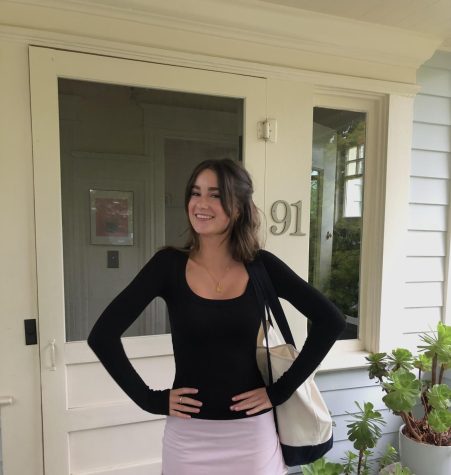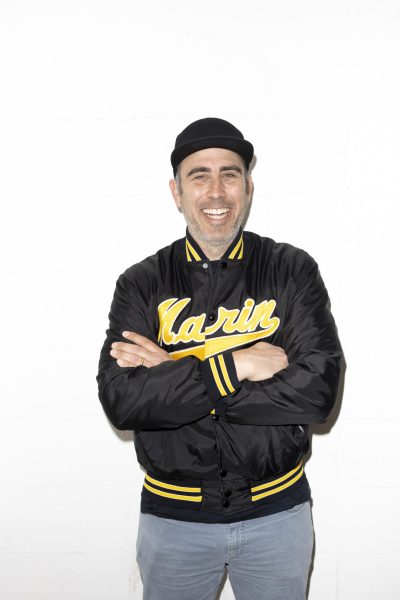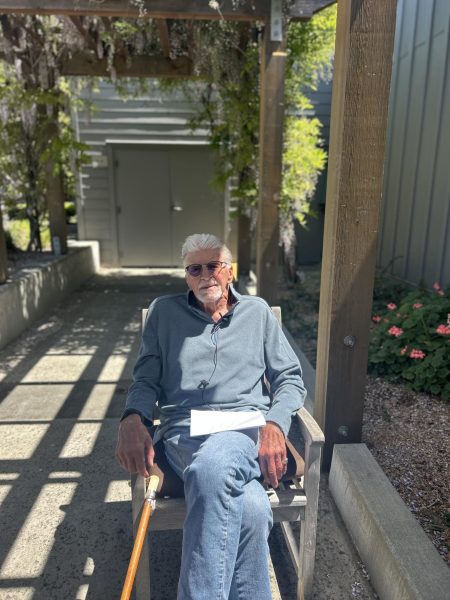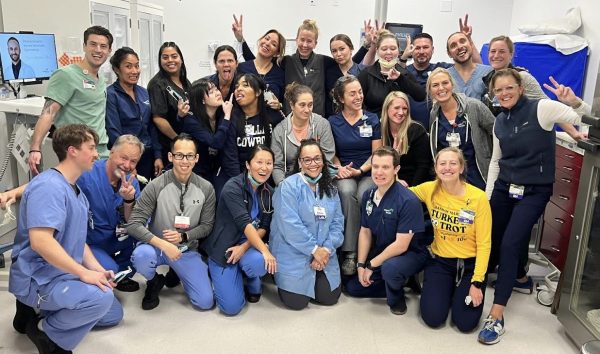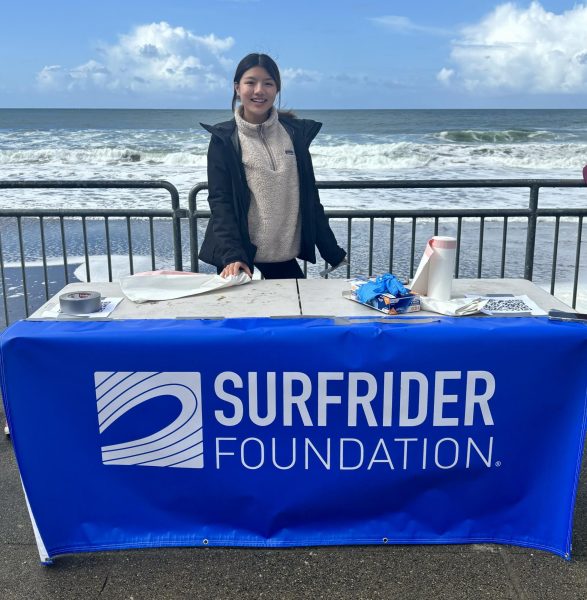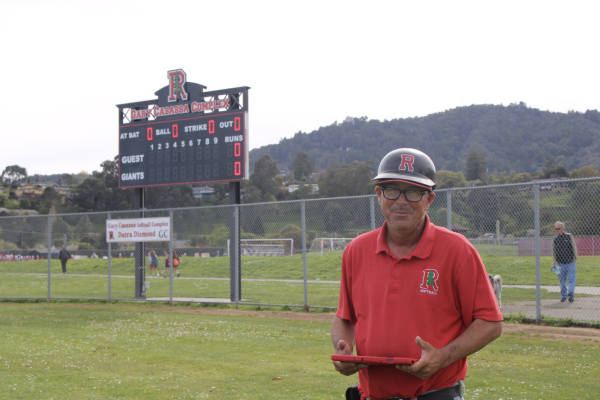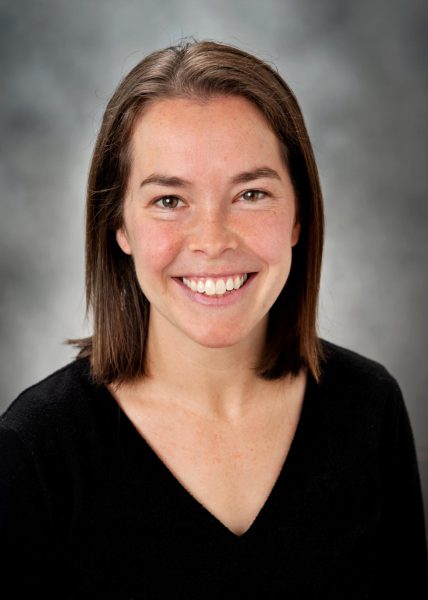Redwood’s ROP construction technology course builds skills within the community
February 10, 2022
Behind the chain-link fence of Redwood’s back parking lot stands an often overlooked assortment of power tools, scrap materials and in-progress projects. Here, around 30 students of all ages gather every Wednesday from 5 p.m. to 9 p.m. for the Regional Occupational Program (ROP) Construction Technology class. The ROP class meets during the spring semester and students spend their time learning about construction by building custom sheds for private buyers.
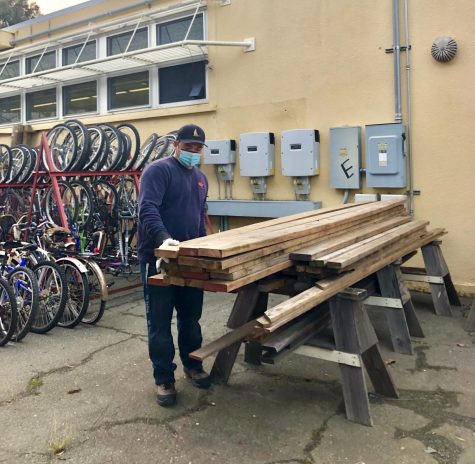
One of the program’s Redwood students, senior Cooper Hershfield-Cohen, is in his second year of the program. He recommends that any students interested in construction should consider taking either ROP or Architecture and Engineering 1, which he took last year.
“Taking Architecture and Engineering 1 was good because you learn the basics of how something stands. In the construction class, you learn to build the objects you learned about,” Hershfield-Cohen said. “You get to feel the accomplishment of building something and seeing it stand. Being able to know ‘I did that’ [is rewarding].”
Tom Eller, an ROP instructor, has been putting these practical skills to use for decades in his work as a licensed general contractor. Eller first learned about the position eight years ago, and has been teaching as one of the several volunteer instructors ever since.
“I actually went to a poker game up my street and one of the contractors said ‘If you know anyone interested in teaching, [tell me],’ and I said, ‘I will!’ [I] haven’t left since,” Eller said. “All the instructors in the class [are] from different fields. We have a plumber and we have general contractors.”
Having multiple instructors with various backgrounds allows the class to learn different techniques and skills. The techniques are determined by the requests of the shed buyers, who range from families wanting backyard sheds to Little League teams who need storage equipment. Customizations may include windows, plumbing or other renovation specifics. Buyers request a shed at the beginning of the school semester, pay for the materials and receive the finished product in May.
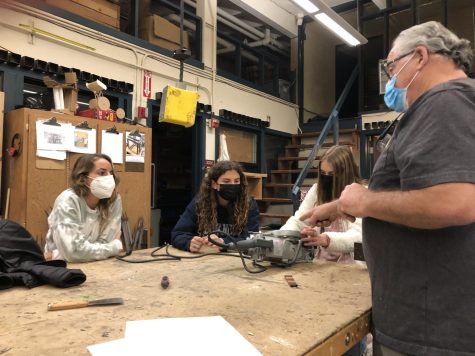
“I think it’s pretty great because every so often I’ll drive past one of the places we deliver to and be able to see that shed that we all built,” Hershfield-Cohen said.
The ROP class tackles smaller community and school projects as well. The program has built the concrete benches outside of the Redwood Phil Roark Gymnasium, along with the sheds used by the drama and art programs.
Due to the wide range of ages participating in class, projects are worked on outside of school hours. The composition of students is not restricted to high schoolers; anyone, regardless of age, can sign up. A main incentive in taking the course is not only the possibility of future contracting positions, but the knowledge and skills useful in general maintenance.
“I remember this one guy said ‘[The class] changed my life.’ He was a nurse at Marin General [and] stayed doing that job, but he was able to do so much [more] around his house,” Eller said. “Putting an educated workforce out there [is important]. Even if [students] don’t go into the trades, they’ve got all kinds of skills that they leave here with, so that they can do anything they want around the house.”
Guest speakers are also frequently featured, with the goal of recruiting students to contracting opportunities or simply to offer a perspective on working in construction. Speakers have presented about solar power, working within the Union and being a woman in trades, all of which are valuable facets of the craft.
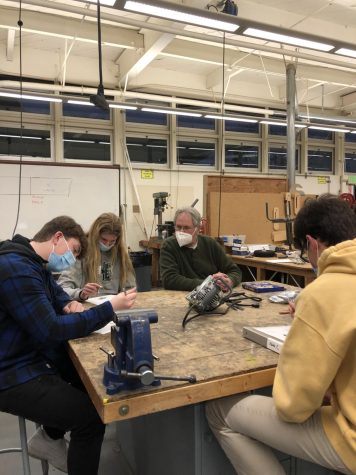
Mike Schultz is another specialized instructor of the course. Schultz holds a General Building License in the state of California and appreciates the value the speakers bring to the class.
“[One of the speakers] will come talk to us about building small homes. He’s always looking for someone who’s willing to get involved in small homes, which is an important field with our homeless situation,” Schultz said.
The course has had lasting impacts on the Bay Area community; it has introduced students to a lifetime career and has taught many to be proficient in repairing appliances and other mechanics around the house. Hershfield-Cohen, for example, will be accepting a position with the Labor Union in Oakland in the fall. He plans to maintain contact with Eller, perhaps visiting the class next year to offer his own perspective or teach skills.
“Now when something breaks in my house, we don’t have to call someone,” Hershfield-Cohen said. “This class is one of the reasons I am going into engineering. I’ve done this class and now I want to learn how to fix the things that have been built.” ![]()
![]()

